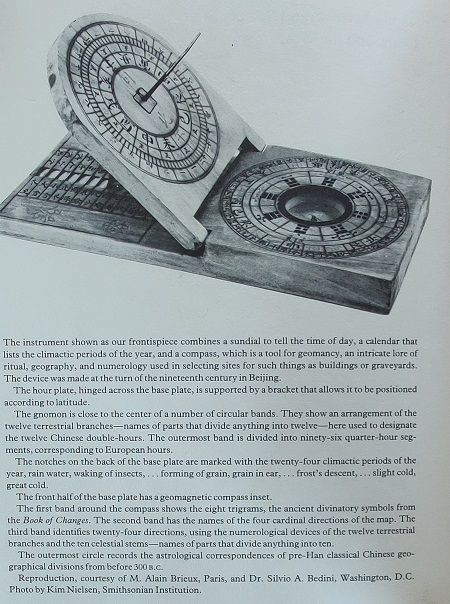Leonardo da Vinci explored the incorporation of Math, architecture, and ground plans for church design in the late 15th century. Da Vinci used the Lo Shu as a model for the quincunx church design.
Donato Brammante also incorporated the Magic Square in his ground plans for St. Peter’s Basilica. Brammante and da Vinci knew each other well and collaborated on projects. Both Brammante and da Vinci were greatly influenced by Luca Pacioli, who was known to possess a set of magic squares and reputedly knew about sacred geometry.
Albrecth Durer specifically sought out Pacioli for this knowledge. Da Vinci lived with Pacioli and provided the illustrations to Pacioli’s book, The Divine Proportion.
The concept of incorporating the square, circle, and right triangle with the four cardinal directions and sacred Math has always been intriguing to artists, architects, and Mathematicians for millennia.
These concepts were employed in Southeast Asia and China for thousands of years prior to the Italian Renaissance to mark the cosmic center of the universe, the axis mundi.
The mathematical symbolism of the Stupa and Chinese temple design may have had a great influence on early Byzantine church design that borrowed the quincunx pattern.











